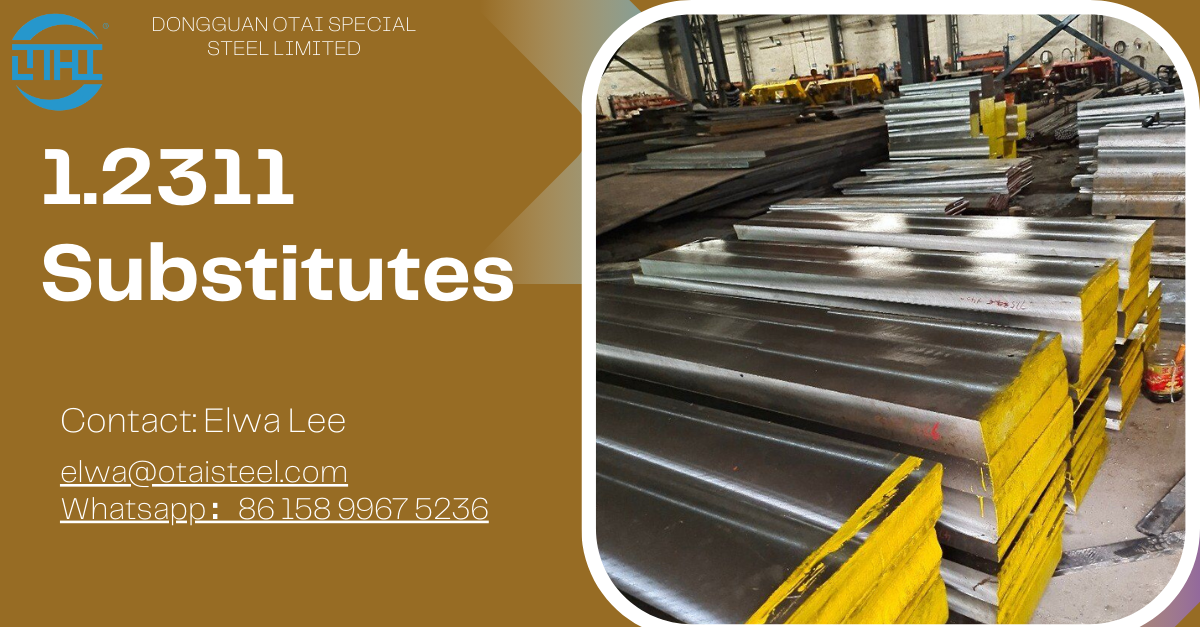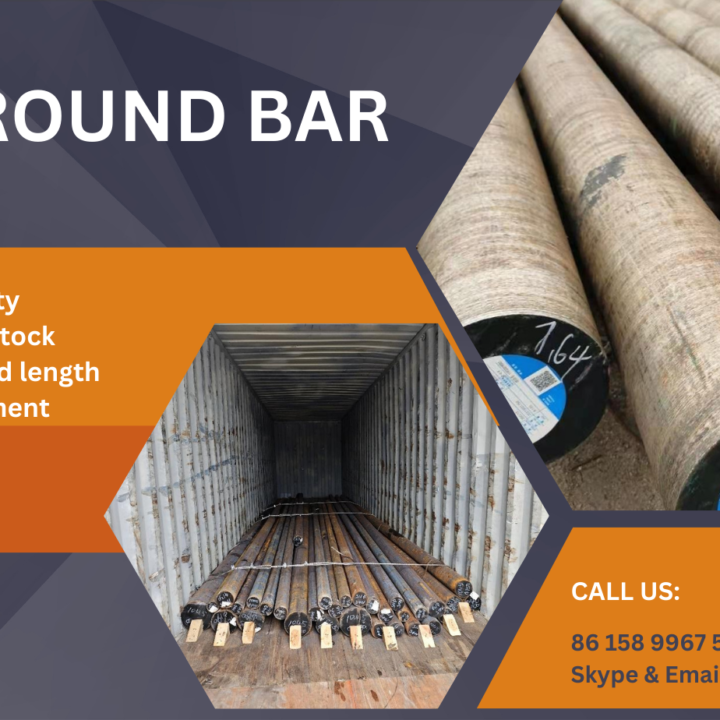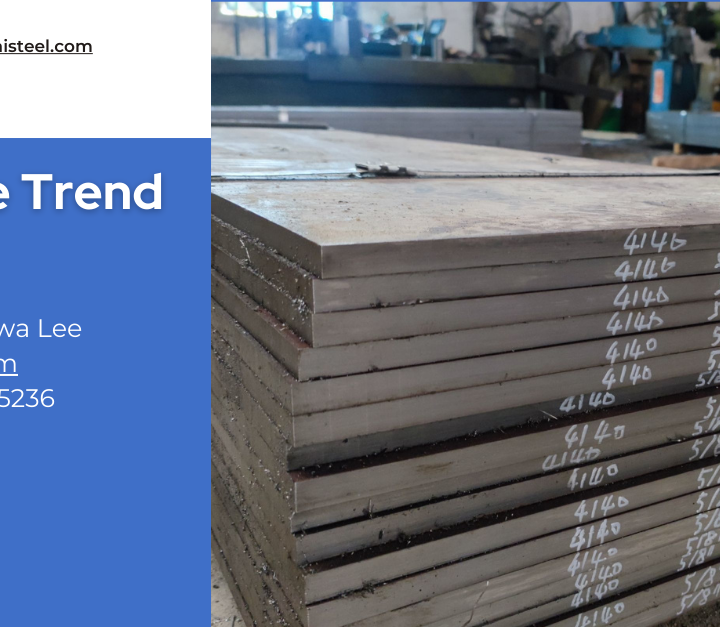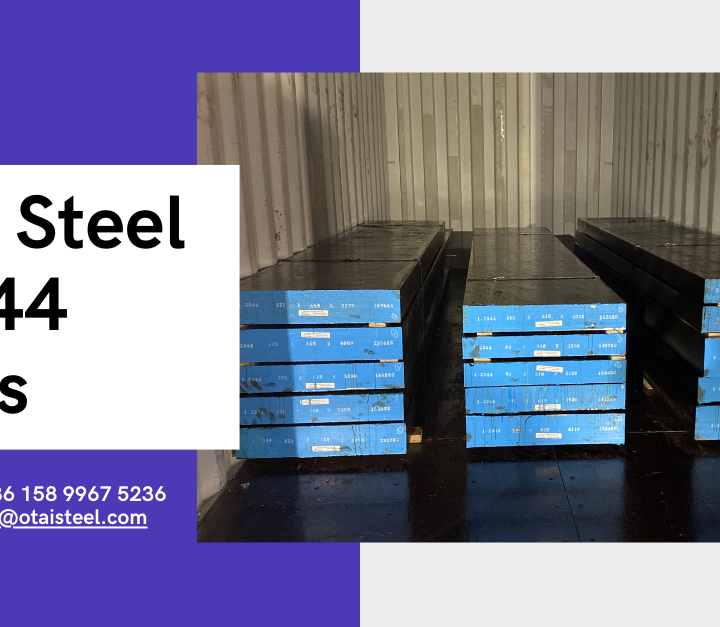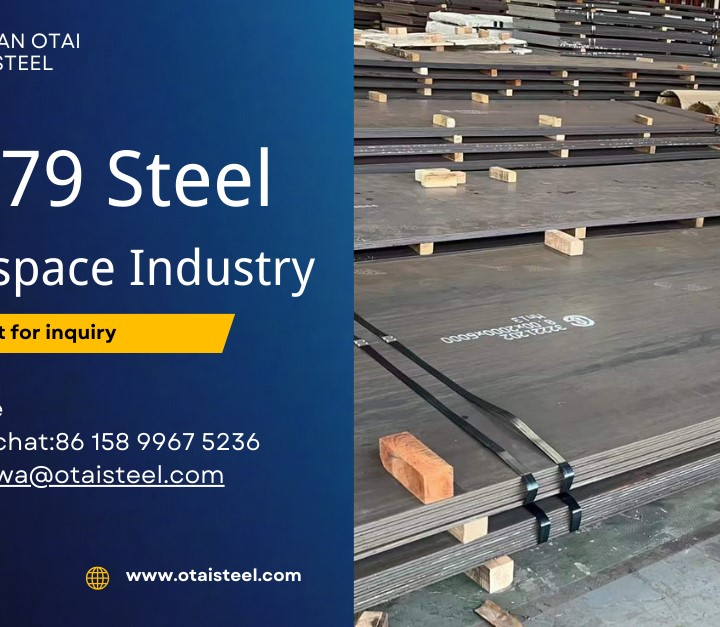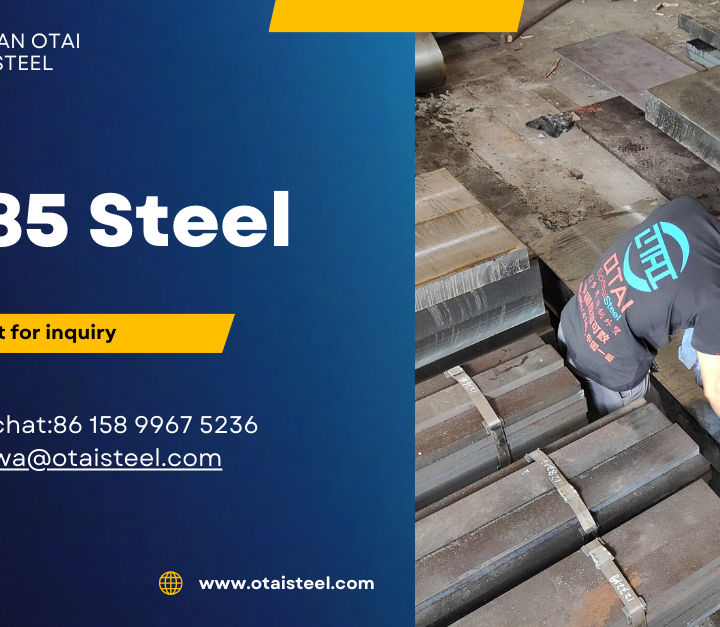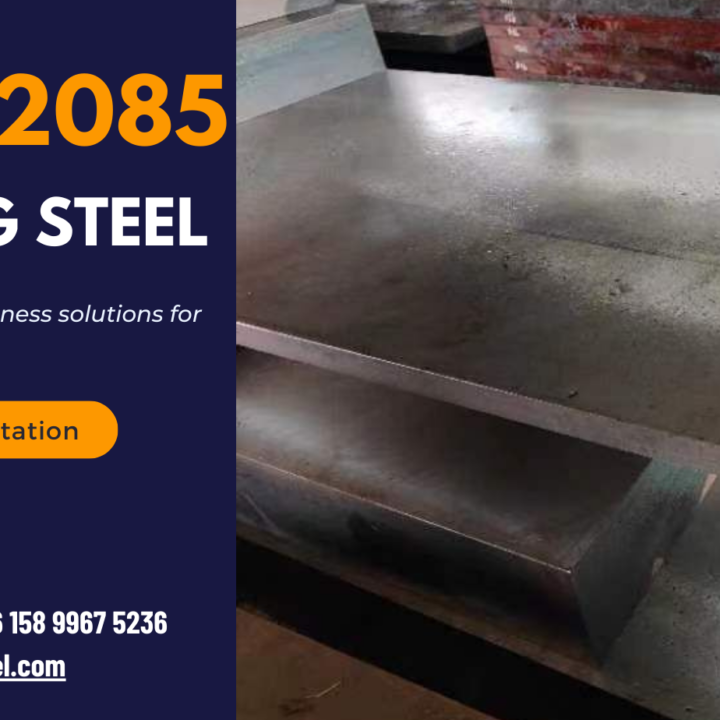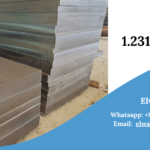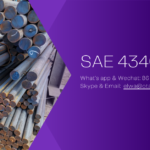In the dynamic landscape of industrial materials, it’s essential to be aware of alternatives that can serve as substitutes for popular choices like 1.2311 steel. Here, we delve into some noteworthy substitutes, each with its unique properties and applications.
1. 1.2738 (P20+Ni): The Nickel-Enhanced Option
Chemical Composition: 1.2738, commonly known as P20+Ni, shares similarities with 1.2311 but includes additional nickel content. This variation enhances toughness and impact strength, making it suitable for applications requiring increased resistance to wear and deformation.
Applications: Ideal for large molds and applications demanding high tensile strength, 1.2738 finds its place in industries such as automotive and injection molding.
Key Distinction: The notable distinction lies in the improved toughness, making 1.2738 a robust choice for scenarios where enhanced resistance to deformation is paramount.
2. 1.2312: The Chromium-Manganese Alloy
Chemical Composition: 1.2312 features a composition akin to 1.2311 but incorporates additional chromium and manganese. This adjustment contributes to improved machinability and polishability.
Applications: With enhanced machinability, 1.2312 is favored in applications where intricate detailing and a polished finish are critical, such as in the production of optical parts.
Key Distinction: The increased chromium and manganese content make 1.2312 particularly well-suited for projects emphasizing a high-quality surface finish.
3. 1.2083: The Stainless Steel Option
Chemical Composition: 1.2083 is a stainless steel variant, featuring chromium content for corrosion resistance. This makes it suitable for applications where exposure to corrosive environments is a concern.
Applications: Commonly used in the production of medical instruments and components requiring resistance to corrosion, 1.2083 stands out in scenarios where hygiene is paramount.
Key Distinction: The stainless steel nature of 1.2083 sets it apart, offering corrosion resistance in addition to the desirable properties of 1.2311.
4. 1.2316: The Chromium-Molybdenum Option
Chemical Composition: 1.2316 incorporates chromium and molybdenum, providing enhanced resistance to corrosion and wear. This makes it a viable choice for applications demanding durability in challenging environments.
Applications: Suitable for applications in the food processing and packaging industries, 1.2316 excels in scenarios where resistance to corrosive elements is crucial.
Key Distinction: The addition of molybdenum elevates the corrosion resistance, making 1.2316 an optimal choice for projects exposed to aggressive environments.
Making the Right Choice: Considerations for Substitutes
- Application-Specific Needs:Tailor your choice based on the specific requirements of your project. Consider factors such as impact strength, machinability, corrosion resistance, and surface finish.
- Budget Constraints:Evaluate the cost implications of each substitute in relation to your budget. While some options may offer enhanced features, it’s crucial to strike a balance between performance and affordability.
- Supplier Expertise:Engage with reputable suppliers who specialize in the substitute materials. Supplier expertise ensures the availability of quality products and valuable insights.
- Industry Standards:Adhere to industry standards and regulations relevant to your application. Ensure that the chosen substitute meets the necessary benchmarks for your specific industry.
By exploring substitutes such as 1.2738, 1.2312, 1.2083, and 1.2316, you open doors to a spectrum of options catering to diverse industrial needs. For further guidance on selecting the optimal material for your project, feel free to reach out to us at elwa@otaisteel.com or via WhatsApp at +86 158 9967 5236.
FAQs:
- Can 1.2738 be used interchangeably with 1.2311?While they share similarities, the additional nickel content in 1.2738 imparts enhanced toughness, making it suitable for different applications.
- What makes 1.2312 stand out as a substitute for 1.2311?The increased chromium and manganese content in 1.2312 contribute to improved machinability and polishability.
- In what industries is 1.2083 commonly used as a substitute for 1.2311?1.2083 is preferred in industries requiring corrosion resistance, such as the production of medical instruments.
- How does the chromium-molybdenum composition of 1.2316 benefit certain applications?The addition of molybdenum enhances corrosion resistance, making 1.2316 suitable for projects in aggressive environments.
- What considerations should be made when choosing a substitute for 1.2311?Consider application-specific needs, budget constraints, supplier expertise, and adherence to industry standards.
